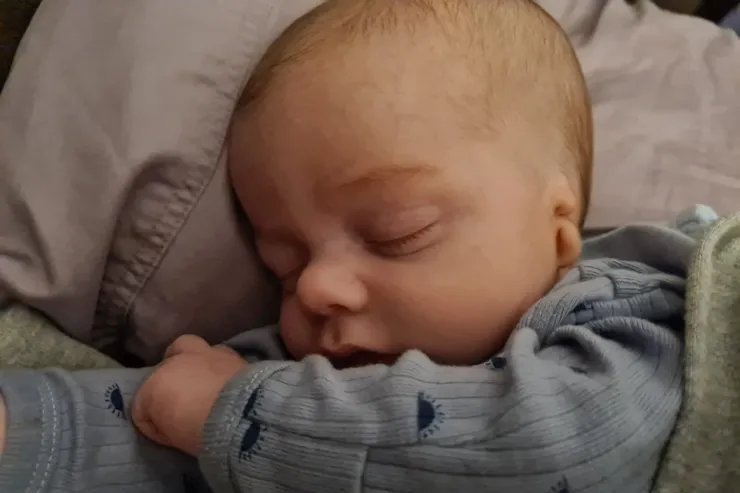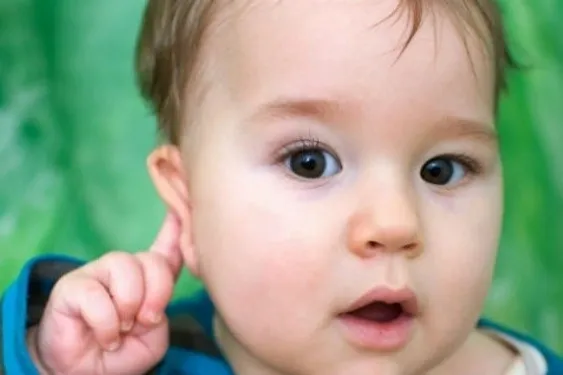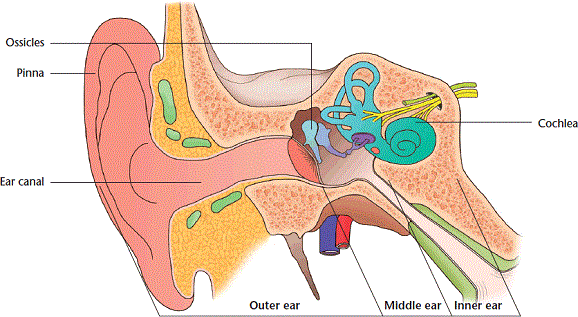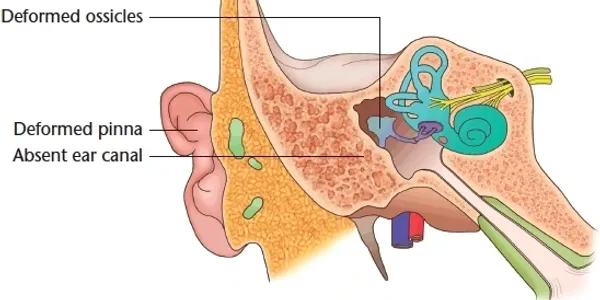HEARING LOSS



Hearing Loss and Atresia

The ear system is divided into 3 sections – the outer ear, middle ear and inner ear. (refer to diagram 1).
Atresia is the absence or closure of the ear canal (refer diagram 2). It affects the outer ear (canal) and can also affect the middle ear (ear drum and tiny ear bones). Most children born with atresia have a normally functioning inner ear (cochlea and nerve).

If the ear canal is blocked or absent, soundwaves are not able to pass through the ear in the usual way. This results in a hearing loss in that ear.
Atresia normally results in a conductive hearing loss, meaning that the sound is not able to travel (be conducted) through the ear canal and middle ear. Children with atresia can still hear some louder sounds, although these tend to be muffled. Atresia can affect both ears (bilateral), however more commonly affects only one ear (unilateral).
Other Hearing Loss Information
Types of Hearing Loss
There are three types of hearing loss. Find out about them here.
.
Reading an Audiogram
Do you have trouble understanding an audiogram? Here is an explanation to help.
Unilateral Hearing Loss
90% of children with atresia have a unilateral hearing loss. Learn more here.
